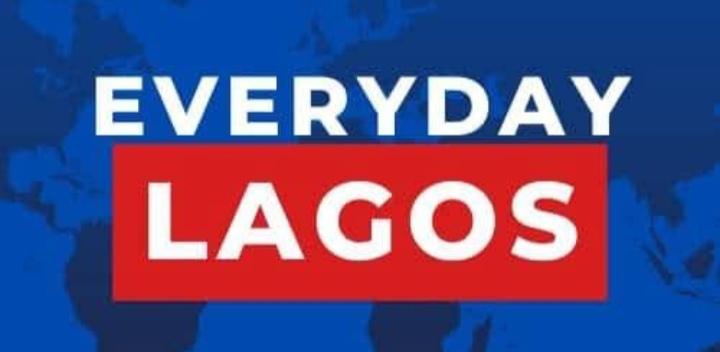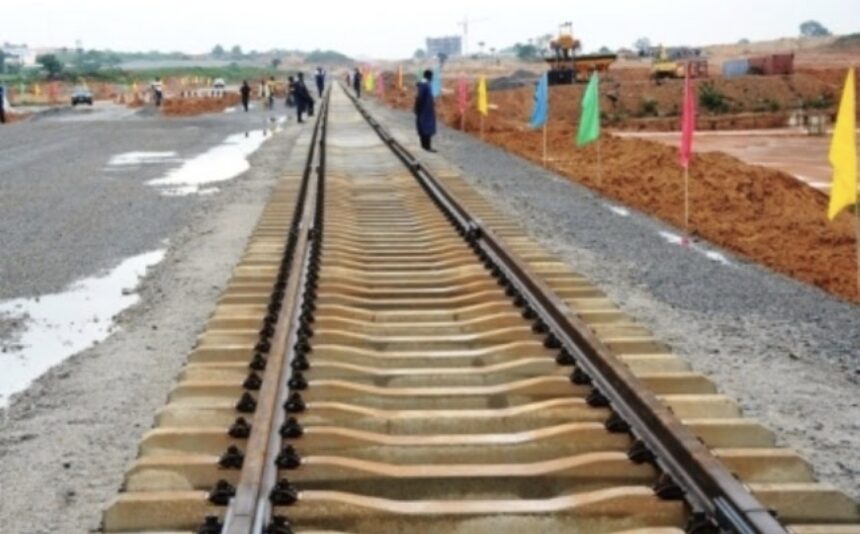The Lagos State Government has announced that construction work on the $3 billion Green Line Rail Project, linking Marina to the Lekki–Epe corridor, will officially commence in December 2025.
The announcement was made by the Commissioner for Transportation, Oluwaseun Osiyemi, in a statement shared on the Lagos State Government’s official X handle on Monday.
According to Osiyemi, the Green Line is one of the most ambitious urban transport projects in Lagos history, designed to be executed in two major phases over two to three years. The first phase will stretch from the Lekki First Tollgate to Epe, while the second phase will begin from Marina, with sections of the route running partly on water.
“The government has carried out extensive stakeholder engagement and feasibility studies along the Lekki–Epe corridor because the Green Line project will commence in December,” Osiyemi said. “It will take about two to three years and will come in phases, beginning from Marina to Epe. The first phase runs from the Lekki First Tollgate to Epe, and the second phase, starting from Marina, will be on the water.”
The government, he added, had met with residents, traditional rulers, and business owners to minimize disruption once construction begins.
Preparations and Enforcement
Ahead of the groundbreaking, the state has intensified enforcement operations along the Lekki–Epe Expressway — clearing encroachments, relocating roadside traders, removing illegal structures, and improving drainage systems. The effort is aimed at restoring wetlands and protecting the right-of-way for the upcoming rail line.
Design and Route
Spanning about 70 kilometres, the Green Line will connect Marina on Lagos Island to the Lekki Free Trade Zone, featuring 17 stations along both elevated and ground-level tracks. The line will pass through Victoria Island, Lekki, Ajah, Sangotedo, and Epe, linking some of the city’s busiest residential and commercial districts.
Each station will be equipped with pedestrian bridges, elevators, escalators, and modern ticketing systems similar to those already in use on the Blue and Red Line projects. A major depot is planned for Sangotedo, while a 15-hectare park-and-ride terminal will be built near the Lekki Free Zone.
Speed, Capacity, and Impact
Trains on the Green Line will operate in eight-car sets, traveling at speeds of up to 100 kilometres per hour, and are expected to move up to 35,000 passengers per hour in each direction. When completed, the journey between Marina and Epe will take less than one hour — a significant relief for commuters who currently spend up to four hours in traffic during peak periods.
Financing and Partnership
The Green Line will cost an estimated $3 billion (₦4.5 trillion), with the Federal Government committing ₦146.14 billion as part of its counterpart funding in the 2025 budget.
A tripartite agreement has been signed with China Harbour Engineering Company (CHEC) to design, finance, construct, and operate the line under a public-private partnership (PPP) model. The Lagos Metropolitan Area Transport Authority (LAMATA) will oversee operations after completion.
Public Reactions and Expert Concerns
While transport experts and urban planners have applauded the project as a major leap toward a modern, multimodal transport system, some have raised concerns about station spacing and capacity planning.
Analysts warn that the long gaps between stations in high-density areas like Victoria Island and Lekki Phase 1 could limit accessibility and reduce ridership potential. Others have suggested adding more stops and improving integration with other rail lines to accommodate Lagos’s rapid population growth.
Economic and Social Benefits
For residents of the Lekki–Epe corridor, the project represents hope for a long-overdue solution to chronic traffic congestion. The corridor, one of Lagos’s fastest-growing zones, has seen massive investment inflows from developments such as the Lekki Free Trade Zone, Dangote Refinery, and the Lekki Deep Sea Port.
Osiyemi emphasized that the Green Line is more than just a transport project — it is a transformational investment in Lagos’s future.
“The Green Line project is not just about transportation,” he said. “It’s about improving the quality of life, attracting investments, creating jobs, and opening up new economic opportunities across the Lekki–Epe corridor and beyond.”
The Green Line will join the Blue and Red Lines as part of the Lagos Rail Mass Transit (LRMT) network — a long-term vision of six major rail lines forming the backbone of an integrated system that combines trains, BRT buses, and ferries for Africa’s largest megacity.

